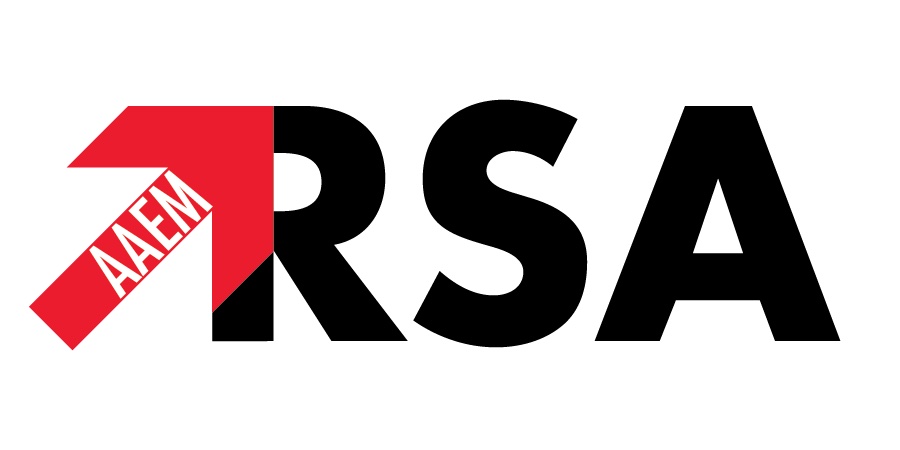Originally Published: Common Sense, November/December 2012
Original Author: Leana Wen, MD MSc, AAEM/RSA President
I’m a senior EM resident — a young emergency physician, part of the “new breed” that’s always known emergency physicians to be residency trained, and EM as a well-respected field. Being part of AAEM, I’ve heard our leaders talk about the struggles they had in establishing our specialty, but I didn’t have a sense of what they actually went through. Why is it that they so dislike the term “emergency room” and cringe at references to “ER doctors?”
It took a visit to China for me to even begin to understand the reasons. For the last month, I have been traveling the country to study the current state of medical education here. My trip traverses nine provinces and involves visits to 14 medical schools and over 50 hospitals.
As an emergency physician who is interested in health care systems, I was particularly curious to visit the EDs here. What I found is quite far from the EDs I know. Every hospital I visited, from rural provincial hospitals in Inner Mongolia to major inner-city teaching hospitals in Beijing, has an emergency ROOM. That’s because patients are literally seen in a giant room, with beds pushed against walls and — if they are lucky — a curtain for privacy. Extra patients are lined up along hallways, often six-deep.
Many places have triage-to-service, meaning that patients are triaged to a specific area to be seen by specialists who come through the ER. Internists see patients designated as having medical problems, surgeons see patients thought to have surgical problems, etc. If the patient turns out to have a different problem than was initially suspected, a long discussion takes place before the patient is transferred to the correct part of the ER.
Since China is a densely populated country, many hospitals have serious issues with overcrowding. Not surprisingly, the biggest problem seems to be with patients waiting for a hospital bed — basically, boarding.
“Do you often see patients waiting for a bed for 24 hours?” I asked a doctor in a major Beijing hospital.
“24 hours? We are lucky if there’s a bed in 72 hours!” He went on to describe the difficulties he had with admitting an elderly woman with CHF, diabetes, renal failure, and liver cancer who came in with respiratory distress. The heart failure service refused the patient, saying the problem was renal in nature. Renal declined, saying diabetes or cancer was the underlying problem. Oncology and endocrine stated the chief complaint was not mainly their issue. General medicine said the patient was too complicated. As a result, the patient stayed in the ED for the entirety of her care — a total of 30 days. (1)
The emergency physicians I met attributed the problem of boarding to the lack of respect for the specialty. Though EM is a specialty in China, and there are EM residency programs in some cities, it is considered to be a specialty of last resort — for those physicians cannot make it in other fields. Most “departments” are divisions that exist only under the auspices of “real” departments such as surgery and medicine. Attendings working in the ED are scorned by others, and fights over airway, chest tubes, and other procedures are frequent occurrences.
My fellow residents are (hopefully) wondering what kind of backwards environment I’m describing, but many reading this column are probably thinking that this description is not too far from the reality they knew. Indeed, the road to specialty recognition involves predictable stages, all described eloquently by our forefathers and AAEM leaders. My generation takes it for granted that we are part of excellent training programs and will be specialists in a well-respected medical field. But it wasn’t long ago that our predecessors fought the same battles that China faces now, for specialty recognition, admitting privileges, scope of practice, etc.
We young residents and EPs need to thank those who came before us for making our specialty what it is and paving the way for us. For creating the emergency DEPARTMENT (rather than the ER) staffed by emergency physicians (rather than ER docs). For ensuring safer and better care for our patients.
We must also recognize that while many problems have been resolved, many remain. Overcrowding and boarding continue to be problems in EDs across the country. There are continuing challenges to our scope of practice, and other specialties still question our abilities (propofol for sedation, anyone?). Vocal groups still insist that there are other ways to become a “certified” EP through alternative boards. The corporate practice of medicine remains a real issue for practicing EPs.
It’s imperative for young EPs like myself to continue to find value for our specialty. China’s EM leaders have found creative solutions around their overcrowding and scope of practice problems, by starting “E-ICUs” (emergency ICUs) and transitional care units (transition from E-ICU to home) and staffing “emergency inpatient” and observation units. As we look to the future of EM, we should be aware of our history and work to overcome ongoing problems to make sure that we are advancing our specialty, both in our own country and internationally. ■
(1) For more on EDs in Beijing, please see: Wen LS, Xun J, Steptoe AP, Sullivan AF, Walline JH, Yu XZ, Camargo CA Jr. Emergency Department Characteristics and Capabilities in Beijing. Journal of Emergency Medicine. 2012; in press.
I would love to hear your comments on my columns! Please email me, wen.leana@gmail.com and follow me on Twitter, @DrLeanaWen, and my blog, http://whendoctorsdontlisten.blogspot.com. Along with Dr. Kosowsky, Clinical Director of the Brigham & Women’s ED, I am publishing a book about patient involvement in healthcare, “When Doctors Don’t Listen: How to Prevent Misdiagnoses and Unnecessary Tests.” Please visit www.whendoctorsdontlisten.com.

